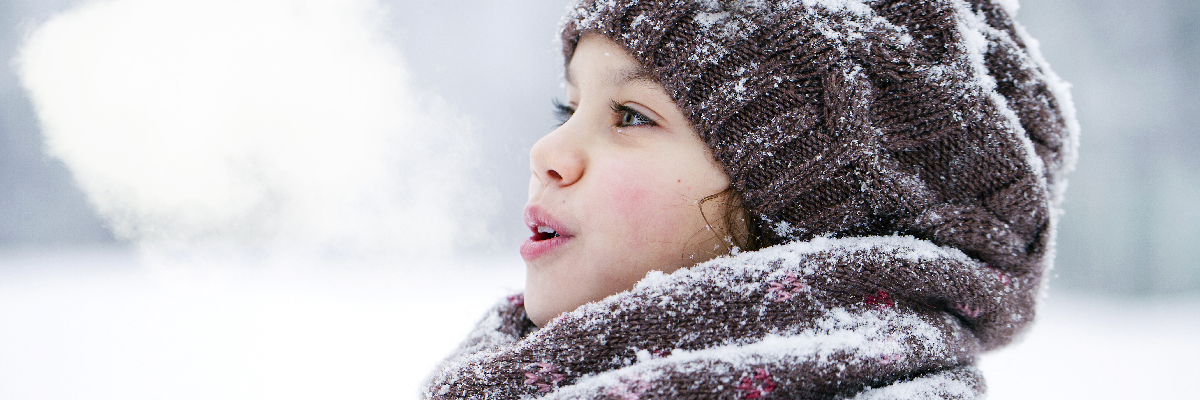
Article at a Glance
In Utah County winter means white snow and brown skies. This is because the cold weather brings on a weather pattern called inversion. Inversion is when the cold air, clouds, and pollution get trapped in the valley by a layer of warmer air. The warm air acts kind of like a lid and the pollution builds up.
In some of Utah’s more populated areas, inversion is becoming more and more of a problem. Utah County has been hit especially hard—last winter’s inversion levels were three times higher than the federal air quality standards.
Poor air quality isn’t good for anybody and it can cause respiratory illnesses such as bronchitis, bronchiolitis, and colds. But those with asthma are particularly vulnerable.
For asthma suffers air pollutants can:
When the air quality is bad, we see an increase in:
Children are particularly at risk because they spend so much time outside, have faster breathing rates, and their lungs are still developing.
Let Your School Know: If your child has problems with asthma, cystic fibrosis, chronic lung disease, congenital heart disease, compromised immune systems, or other respiratory problems make sure your child’s school knows. Your school should be monitoring air quality and have a recess plan in place for days when the air quality is bad. Knowing about your child’s medical condition will allow them to take additional steps when needed.
Monitor Air Quality: Keep track of air quality levels and keep your children indoors on bad days. Visit airmonitoring.utah.gov/ to see current conditions, forecasts, and trends.
Stay Inside: When the air quality is bad, find fun places to play that are inside. Avoid areas with a lot of traffic and try to go outside earlier in the day when the air quality is better.
Air Filter: Buying an air filter for your home can increase your indoor air quality and help with symptoms.
Talk to Your Doctor: If your child is experiencing more symptoms, talk to your doctor to see if there are some steps you can be taking or adjustments in medication you can make to better manage the asthma.
Wash Your Hands: Encourage everybody in your family to wash their hands frequently to help reduce the risk of upper respiratory infections.
Reduce Emissions: Do your part to limit emissions (especially on low air quality days) by:
For more information:
Utah Division of Air Quality video on air quality and how to find daily air quality forecasts.
Ozone, Air Quality, and Asthma (kidshealth.org)